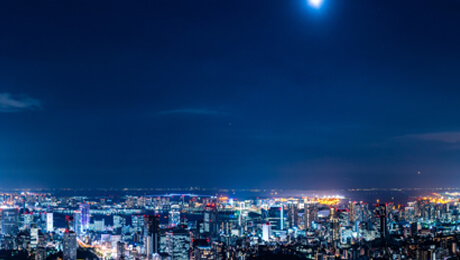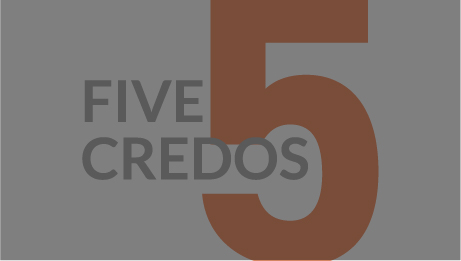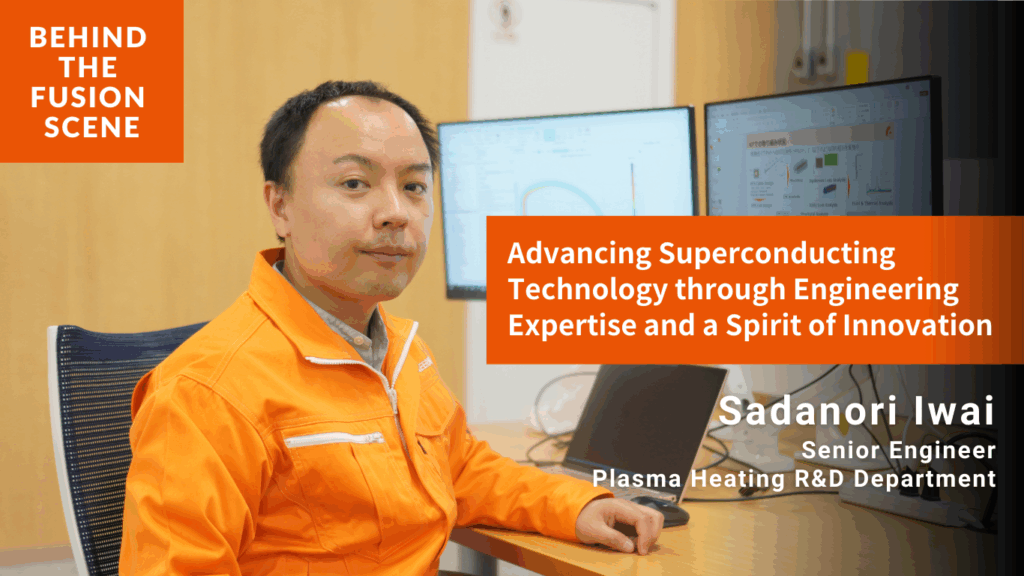
In a nutshell:
Sadanori Iwai joined Kyoto Fusioneering (KF) in July 2023 as an Electromagnetic Engineer. An expert in superconductivity, he’s been working on multiple high-impact projects, including the development of superconducting magnets used in gyrotron systems—one of KF’s core technologies—and the testing of high-temperature superconducting (HTS) magnets for the UK Atomic Energy Authority (UKAEA).
You’re currently working as an electromagnetic engineer. What got you interested in this field?
I’ve been interested in physics since high school thanks to an amazing teacher. He chose to teach after earning his PhD . His classes went way beyond any textbooks—he explained the science behind everyday phenomena. I was hooked on physics after taking his classes because he was so engaging and easy to understand. I then decided to study physics at university. I’m most fascinated by understanding the mechanisms behind what we observe around us—the forces at play and how they change the behavior of matter.
I joined a condensed matter physics lab at Kyushu university because I wanted to dive deeper into the properties of materials. That’s where I first encountered the world of low-temperature condensed matter physics, which is closely tied to superconductivity. I was captivated by how, in these extreme conditions—hundreds of degrees below zero—materials behave in astonishing ways, almost becoming something else entirely.
After completing my graduate studies, I wanted to apply this knowledge in the real world, so I joined an electronics manufacturer specializing in cryogenics and superconducting technologies.
What kind of work did you do at the manufacturer?
I spent over 15 years there, working on projects ranging from developing superconductor technology to its commercialization. While the field of superconductivity has a long history, turning research into practical applications has its challenges. We worked across departments—R&D, design and production—to answer questions like: “what kind of products can make use of superconductor technology?” and “what design would actually be feasible to manufacture?” That collaboration took research from the lab and transformed it into real-world applications.
As you were gaining experience as an engineer, has there been a particular experience that helped you develop your engineering skills?
One major milestone for me was earning a PhD in Electrical and Electronic Engineering while working full-time. While I didn’t necessarily need a PhD to continue working as an engineer, it was important for me because I really wanted to expand my knowledge base while learning to think like a researcher.
Rather than diving into new academic subjects, I focused on organizing the knowledge and technical expertise I’d already acquired through work and then synthesizing this into my thesis. That process helped me connect the dots–ideas and insights came together so that I could see the overall big picture.
A good example of this is the product development lifecycle. I began to clearly understand the overall flow: purpose → function → design → manufacturing. With this understanding, it was easier to predict what kind of issues might arise at each stage.
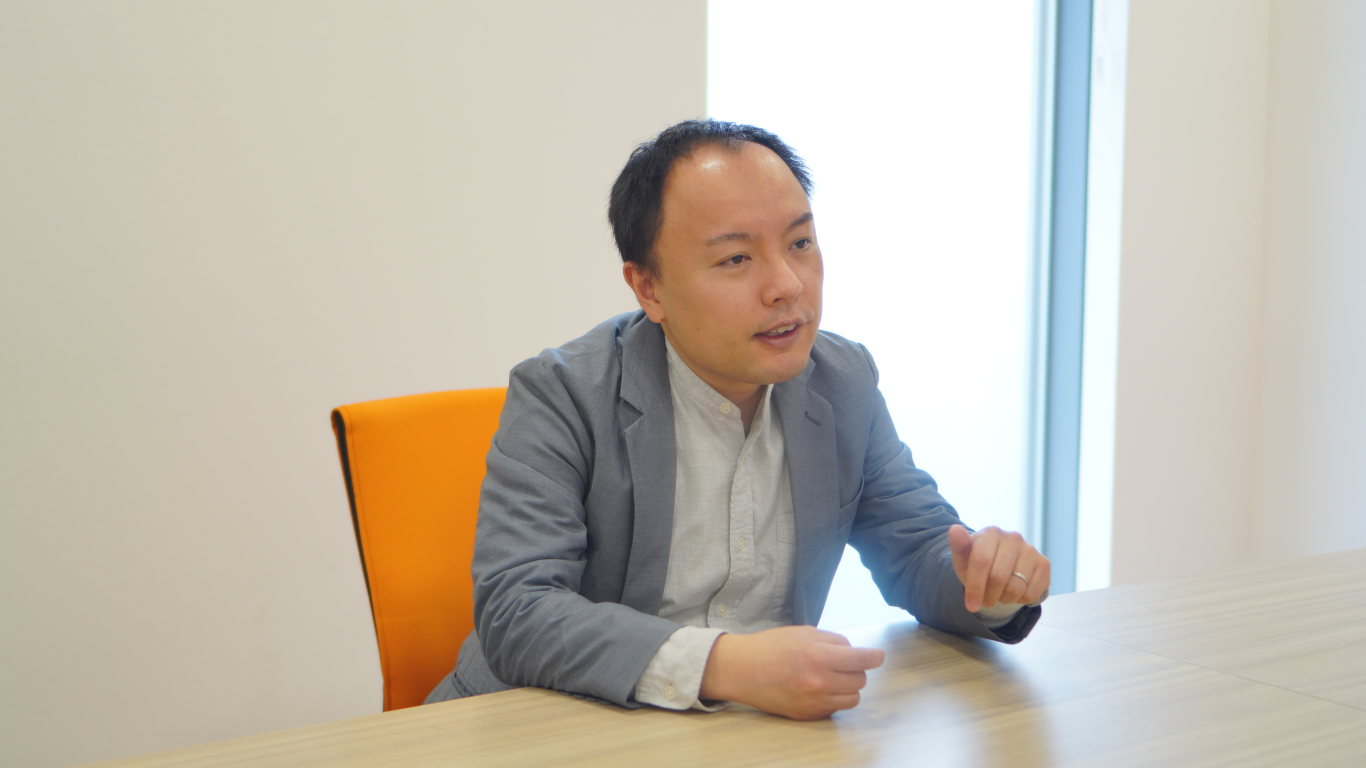
What inspired you to make the leap into the fusion energy field?
Fusion energy has fascinated me since the start of my career. While researching applications for superconducting technology, I came across fusion and was blown away by the scale of the projects.
The excitement I felt at the time also influenced my choice of which company to join out of grad school. That company happened to be working on fusion energy technology, and even though I wasn’t directly involved in that area, I always kept an eye on their progress. My interest in fusion grew every time a new milestone was hit.
After gaining a wide range of experience in the private sector, I started really thinking about my next career move. I saw two options: take on a managerial role at my current company or further develop my skills as a hands-on engineer elsewhere. I decided at that moment to continue focusing on my engineering career so that I could become a top engineer pursuing meaningful work in the fusion industry.
How did you end up at Kyoto Fusioneering?
In my search for a company where I could apply my electrical engineering skills in fusion technology, I came across KF. I was impressed that, even at this stage of the company’s development, it was building a solid track record in delivering gyrotron systems internationally by leveraging the manufacturing capabilities present in Japan.
I also took into account the speed of R&D progress in the company and the fact that KF is home to well-respected figures in the industry. I felt I could deepen my expertise through practical, product-focused engineering so I decided to apply.
What kind of work are you doing at KF now?
I’m part of the Plasma Heating Division, working on the specification and design of superconducting magnets (SCMs) and next-generation high-temperature superconducting (HTS) magnets.
Our gyrotron systems are tailored to our client’s needs, so specifications change from project to project. Since the SCMs can impact the gyrotron itself as well as the surrounding components through magnetic fields, I need to work closely with other team members and our partners to fine-tune every detail and ensure alignment.
I’m also working on a major project with the UKAEA for STEP (Spherical Tokamak for Energy Production) Program. The overall goal is to collect real-world data on the HTS coils and use this information to improve HTS magnet design. We’re working in collaboration with Fujikura, a world leader in HTS conductors, combining their materials expertise with KF’s fusion plant engineering capabilities.
Together with project manager Miki Nishimura, we’ve been coordinating with stakeholders to understand UKAEA’s requirements and translate them into actionable development plans. We’ve gone through multiple design and review cycles with Fujikura to produce the prototypes.
While the work is demanding, especially with the language differences, I feel like I’m finally able to take everything I’ve learned—from my technical know-how to the problem-solving frameworks from my PhD—and apply it to my work at KF.
I’m very encouraged by the positive feedback that the UKAEA has given us, and it’s been a really rewarding experience to contribute to such a milestone project.
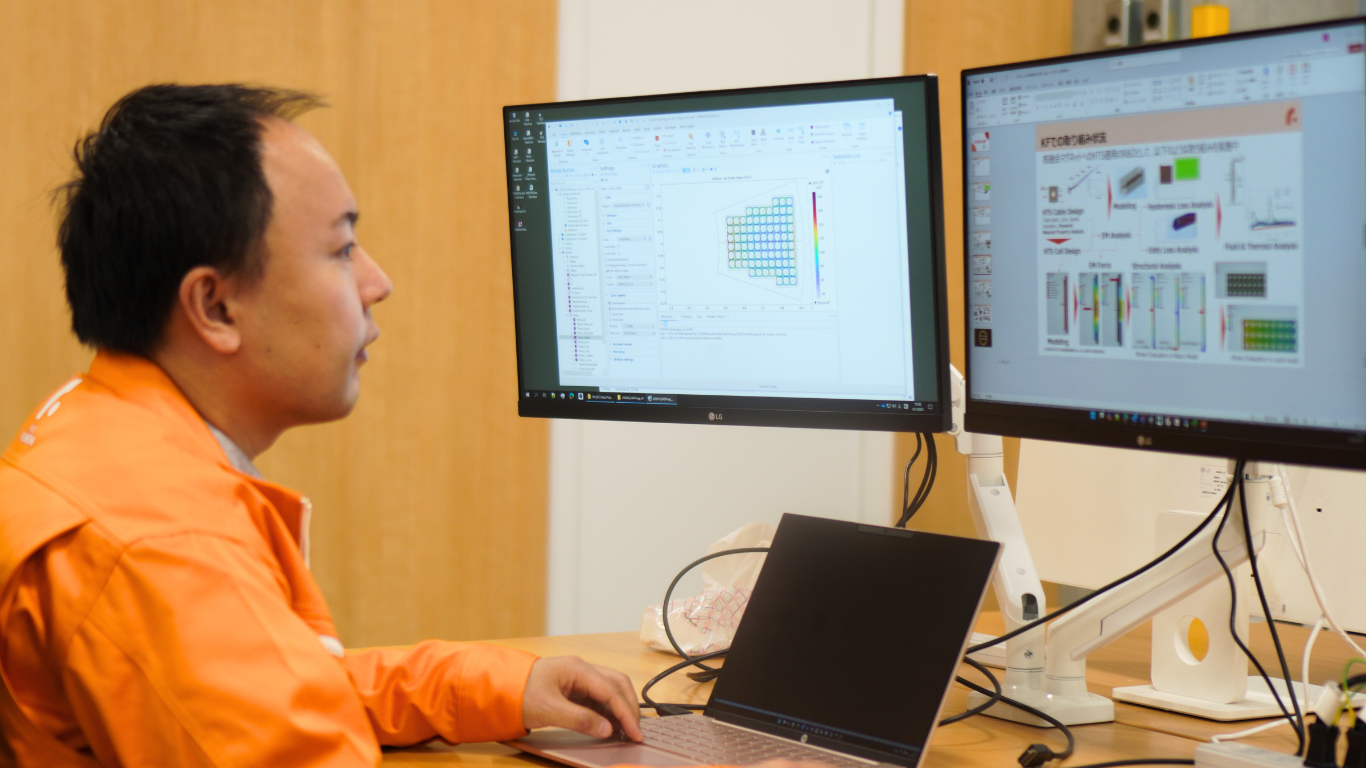
Could you share your goals moving forward, both at KF and in the field of fusion?
As an electromagnetic engineer specializing in superconductivity, I hope to develop real-world fusion applications for HTS and SCM technologies. Although there are still technical hurdles to overcome, I’m confident that, by combining the expertise of our talented team members and Japan’s unmatched manufacturing capabilities, we will develop SCMs for fusion plants.
At KF, every day brings new challenges. The pace can be overwhelming at times—but I actually thrive in these kinds of “extreme” conditions, just like superconductors do. I hope to keep building on my skills while learning from those around me and enjoying the journey toward making fusion energy a reality.



